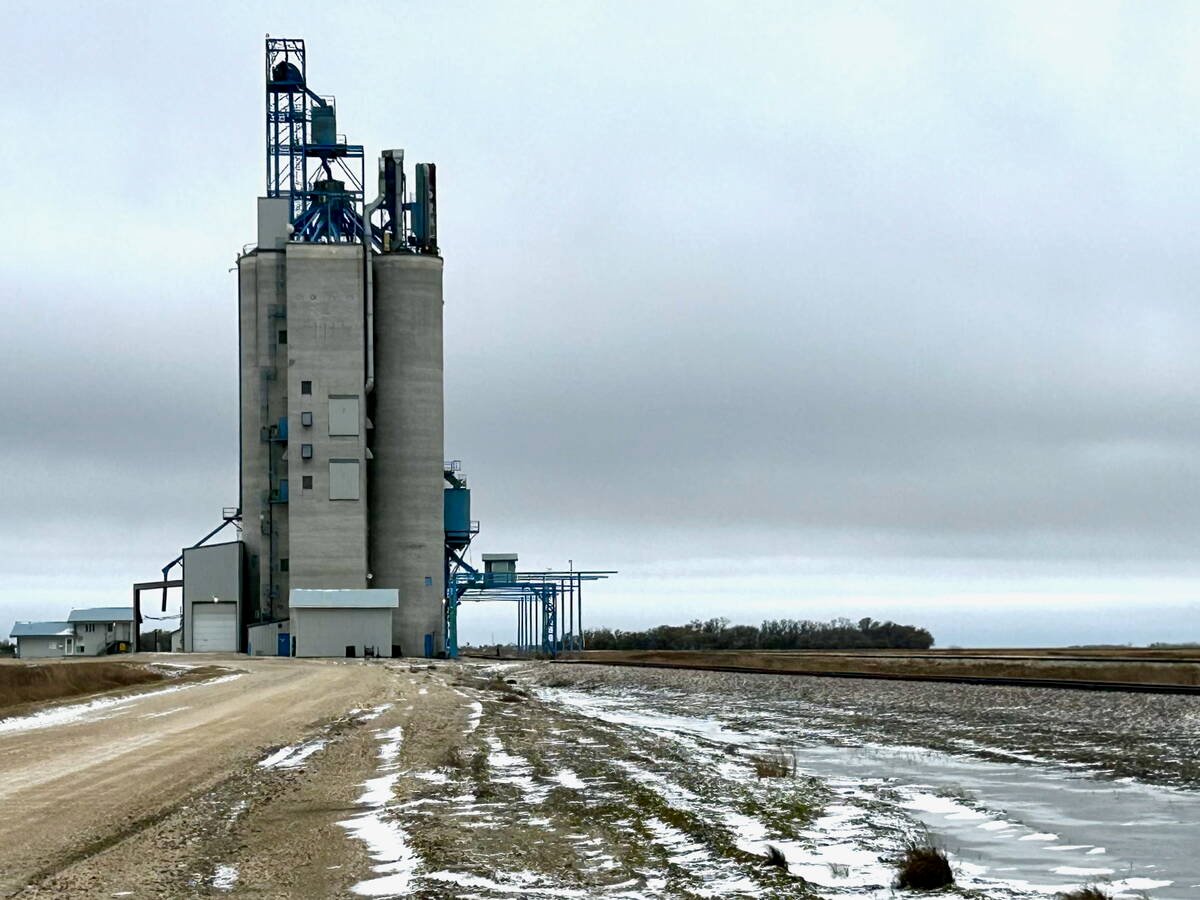Quarterly report | Exports expected to pick up after big corn, soybean crops are harvested
CHICAGO, Ill. (Reuters) — American agribusiness company Cargill Inc. has reported a 41 percent drop in quarterly profits as the lingering effects of the 2012 drought in the United States reduced grain-handling opportunities.
The company struggled with thin inventories in the world’s top farm exporter, which kept grain pricey and lowered processing volume and export demand during the summer months.
Minneapolis-based Cargill, one of the world’s largest privately held corporations and a top commodities trader, reported $571 million US in net earnings for the first quarter ended Aug. 31, down from last year’s record quarter of $975 million.
Read Also

Manitoba grain elevator ownership expands
Carman-based Linear Grain buys Fannystelle elevator from Bunge, another three elevators sold to Morden’s BP & Sons Grain and Storage Inc.
First-quarter revenues of $33.8 billion matched the year-ago period.
“Our agricultural supply chain and food ingredient businesses were focused on helping customers and the company to successfully manage their raw material purchases and inventories during the market uncertainty that precedes the transition to new crops in the northern hemisphere,” Cargill chief executive officer Greg Page said.
A big U.S. corn and soybean harvest now under way is expected to replenish supplies, thus boosting export prospects and processing volumes for Cargill, as well as its rivals such as Archer Daniels Midland and Bunge. ADM and Bunge also reported disappointing earnings for the quarter ended June 30 tied to short corn and soybean supplies.
U.S. exports for corn, wheat and soybeans for the quarter ended Aug. 31 were down nearly 30 percent from a year ago, dragged lower by corn and soybean shipments, according to data from the U.S. Department of Agriculture.
“We were dealing with dwindling corn and soybean stocks and strong immediate demand for cash grain, and in North America, gyrations in the weather, which really made the harvest expectations difficult to ascertain. All of that caused the markets to invert,” said Cargill spokesperson Lisa Clemens.
“When you’re looking at inverted markets, where your nearby prices are much higher than more distant contracts, you have to do an excellent job managing your purchases and your inventories,” Clemens added.
Standard & Poor’s ratings analyst Chris Johnson said Cargill’s lower earnings were expected, given the strength of earnings a year ago.
“We’re looking at continued stabilization in their beef and animal protein business. That continued to be the trend line,” said Johnson, noting that S&P upgraded Cargill’s debt rating to stable last month from a negative outlook after its beef segment showed signs of improvement last quarter.
First quarter results fell in three of four business segments. Cargill’s animal protein unit, which had been under stress in the past year amid a 60-year low in the U.S. cattle supply and high feed costs, posted a rise due to improved margins, the company said.
“We’re looking to see cash flow generation to still be good over this year, so we’re not too concerned about inventories and working capital resulting in higher debt balances,” Johnson added.
Although earnings fell in the company’s grain origination and processing unit, it was the largest contributor to first-quarter results.
The company’s food and ingredient earnings were disappointing and its energy business, which includes trading in petroleum, coal, power and gas, declined.
Despite the poor performance, Cargill plans to expand its energy business to include more physical trade.
“Cargill looks long-term and understands the markets are cyclical, and in this instance we had the combined effects of mild weather, soft demand, low market volatility, so we did not have good performance.
“But our decisions are made on many factors beyond immediate or most recent performance,” said Clemens.














